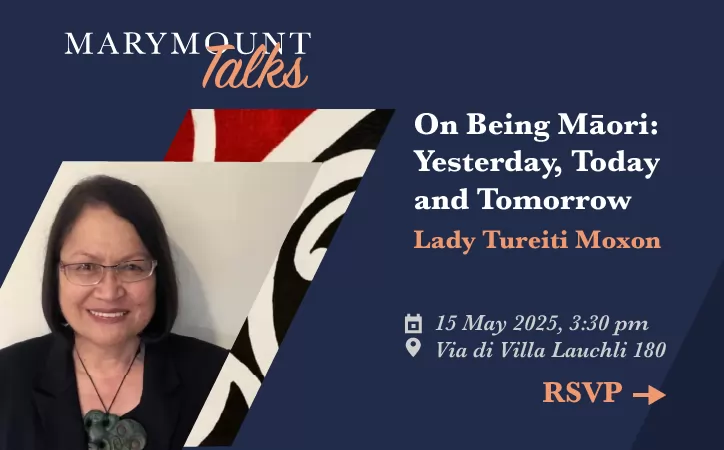Key things to know about electing a president in Italy.
Italy's parliament convenes on Monday 24 January to begin the complex process of voting for a new head of state.
The next president will be Italy's 13th since the office was established on 1 January 1948 after Italians voted in a post-war referendum to replace the monarchy with a republic.
The new office-holder will replace Sergio Mattarella, 80, who has held the role since 2015 and whose seven-year term ends on 3 February.
Who elects Italy's president?
The president is elected by an electoral college of 1,009 "grand electors" comprising 951 parliamentarians - from both the chamber of deputies and the senate - along with 58 regional representatives.
How is Italy's president elected?
Voting is held in secret and a two thirds majority is needed on the first three ballots and then after that by an absolute majority.
This means that a candidate needs at least 673 votes in the first three rounds followed by a simple majority of at least 505 votes.
Who are the candidates in this election?
Lawmakers can vote for literally anyone they like, provided they are an Italian citizen aged 50 or over.
While prime minister Mario Draghi, 74, is the most tipped contender for the top job, there are no official candidates in the race which is wide open.
Draghi has steadfastly refused to confirm or deny his interest in the role but recently hinted that he would be willing to switch from prime minister to head of state.
A move by Draghi to the Quirinale would risk political turmoil, either triggering elections a year ahead of their scheduled end in spring 2023 or resulting in the installation of a new premier.
Former premier Silvio Berlusconi, 85, bowed out of the race over the weekend, saying that Draghi should remain at the helm of government.
In the meantime the number of possible contenders continues to grow.
The long list includes former premiers Giuliano Amato, 83, and Paolo Gentiloni, 67; former lower house speaker Pier Ferdinando Casini, 66; and the S. Egidio Community founder Andrea Riccardi, 72.
Italy has never had a woman president. Female contenders for the job include current senate speaker Maria Elisabetta Alberti Casellati, 66; current justice minister Marta Cartabia, 58; former justice minister Paola Severino, 73; and former Milan mayor Letizia Moratti, 72.
Covid effect
This presidential election has been complicated by covid-19, with voting - in person - to be conducted by a maximum of 50 electors at a time to avoid overcrowding in the chamber of deputies.
In addition the dozens of electors who are either covid positive or in quarantine have been granted special permission to attend a 'drive-in' vote in the car park outside.
What does Italy's president do?
The role of head of state, Italy's highest office, is largely ceremonial and the president acts as guarantor of the constitution.
The president plays a key role during times of political crisis and has the power to appoint a prime minister and give mandates to form a government, as seen when the Conte executive fell in February 2021.
The president's term of office is seven years, with an annual salary of about €239,000.
How long do elections take?
Voting begins at 15.00 on 24 January and is expected to take at least several days with the aim of electing a new president before Mattarella's mandate concludes on 3 February.
Where does the president live?
The president's residence is the vast Palazzo Quirinale, the sixth largest palace in the world, previously the home of 30 popes and four kings of Italy.
Extending for an area of 110,500 sqm, Palazzo Quirinale is 20 times larger than the White House and one third again the size of Buckingham Palace.
Who are Italy's past presidents?
Enrico De Nicola was president for 132 days in 1948, after serving as provisional head of state of republican Italy from 1946.
He was succeeded by Luigi Einaudi (1948-55), Giovanni Gronchi (1955-62), Antonio Segni (1962-64), Giuseppe Saragat (1964-71), Giovanni Leone (1971-1978), Sandro Pertini (1978-85), Francesco Cossiga (1985-92), Oscar Luigi Scalfaro (1992-99), Carlo Azeglio Ciampi (1999-2006), Giorgio Napolitano (2006-15), leading up to Mattarella who took office on 3 February 2015.
Cover image: Italian national guard of honour during a welcome ceremony at Palazzo Quirinale on 15 October 2018. Photo credit: roibu / Shutterstock.com.

















